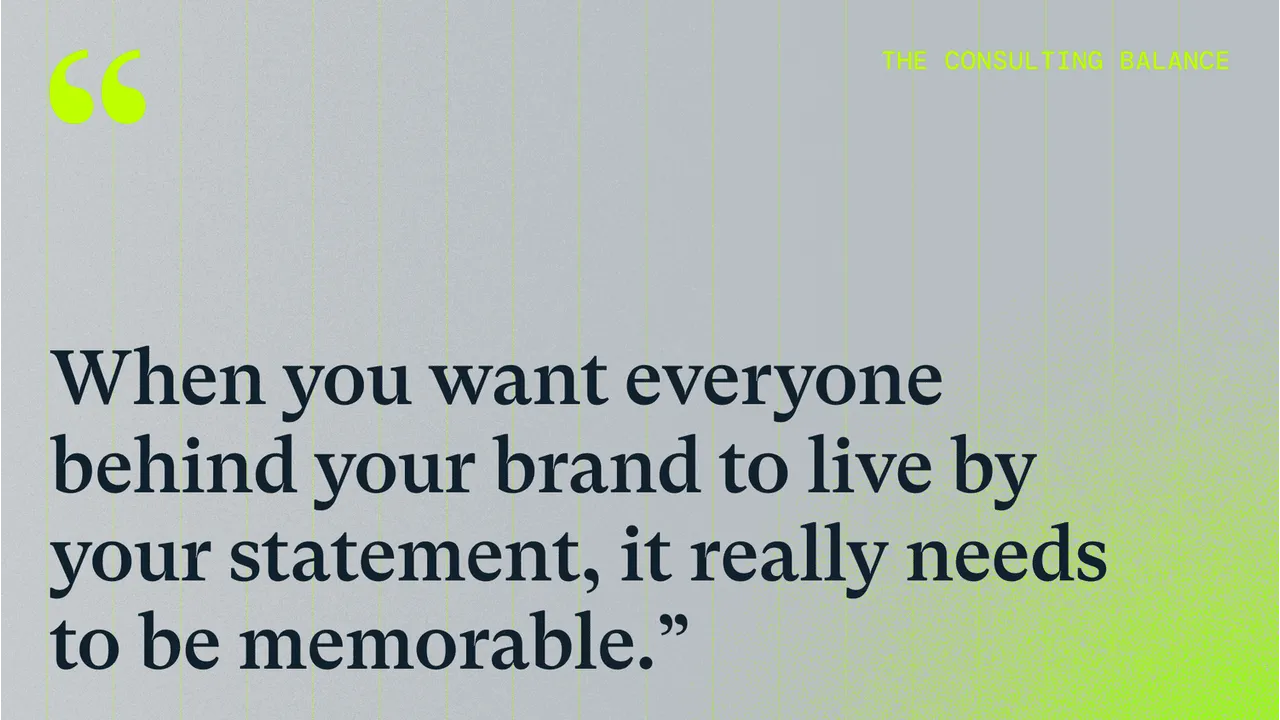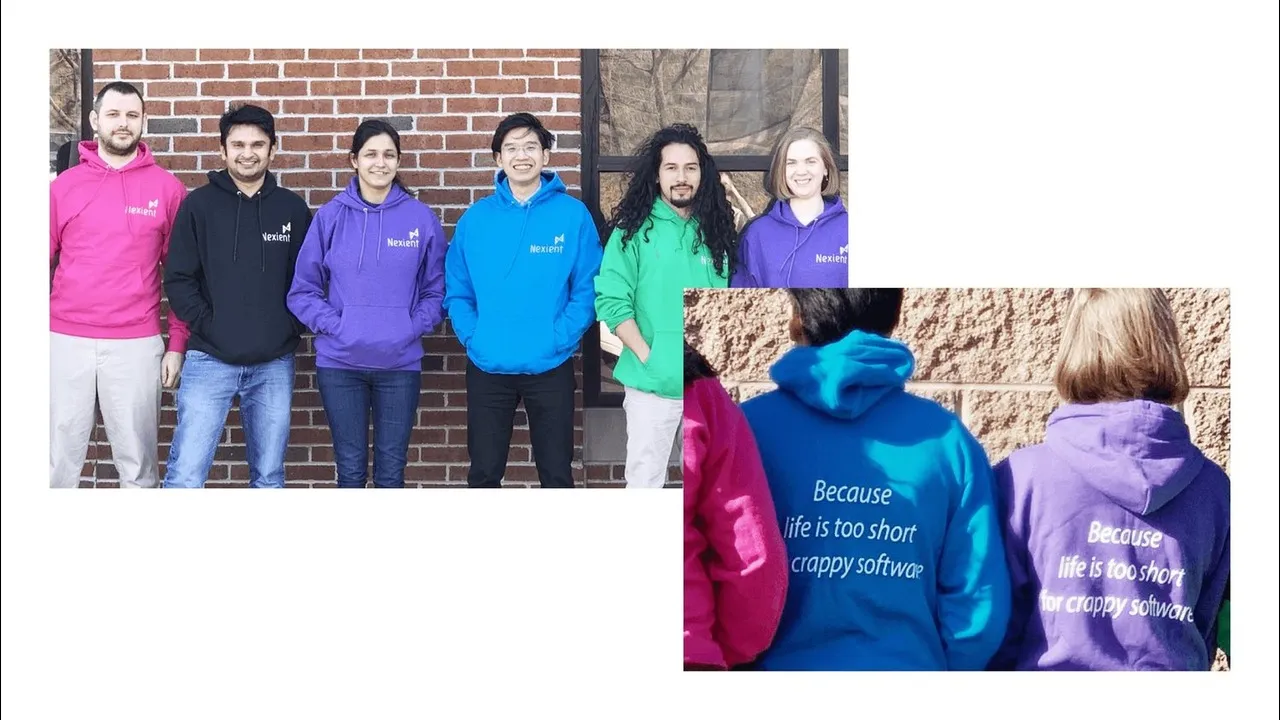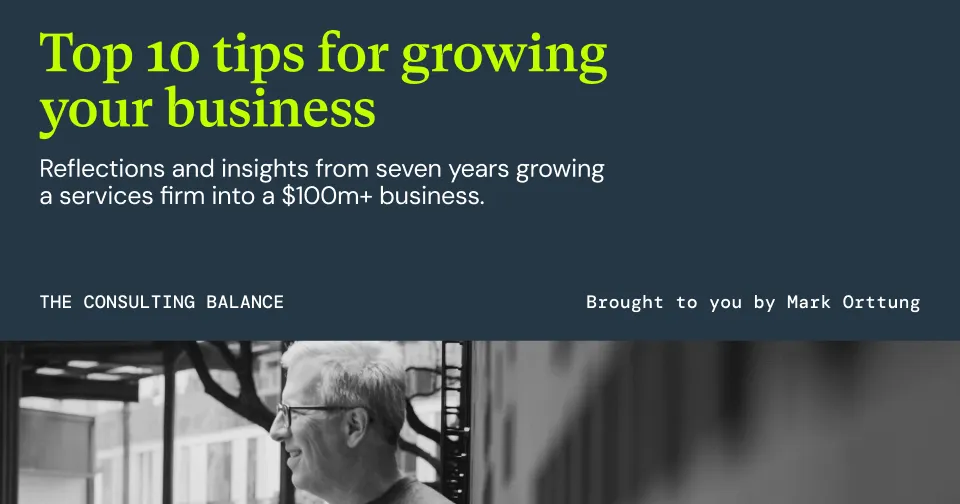How to create a mission statement your people will follow

Mark shares how his team listened to corporate strategy by creating a mission statement that meant something.
By 2019 Nexient was moving in the direction we’d be working so hard for. We’d dealt with the urgent crisis of our declining revenue and made great progress with building our go-to-market team. Now rising to the top of our priority list was the challenge of differentiation.
At that time there were more than 10,000 outsource software development companies. We needed to address how Nexient would stand out in this crowd.
In an earlier article I wrote about staying relevant in an ever-changing market. In 2015 we made a commitment to continually reinvent ourselves. Since then we had moved to a product-centric approach, built our own consulting practice and introduced a GM-structured model to help us scale to beyond $100m in revenue. We now needed to tighten everything up.
Andy Lin had been pushing me to lead an effort to rework our mission statement. A key influencer in his thinking was Simon Sinek. His TED talk on defining a company’s “Why?” statement was particularly compelling.
So we set out to write down our new mission statement. We hoped to come up with a clear, crisp statement on why we existed as a company. We started by looking at a number of other companies' mission statements for inspiration. There is an abundance of resources online about what a mission statement is and how it differs to a vision statement, with many examples of mission statements from famous (and not so well known) brands.
What is a mission statement?
To summarize the vast commentary around this topic, a mission statement is essentially your reason for being. It concisely and clearly outlines what you do, why you do it and who you do it for (although in many cases not all these boxes are ticked). Some examples include:
- LinkedIn: “To connect the world’s professionals to make them more productive and successful.”
- Google: “To organize the world’s information and make it universally accessible and useful.”
- The Red Cross: “To provide compassionate care to victims of disasters.”
- And my personal favorite, Nike: “Our mission is to bring inspiration and innovation to every athlete* in the world. (*If you have a body, you are an athlete.)”
Other than the Nike example, these mission statements play a fairly straight bat. They are corporate, well crafted, concise and clear. These are from mega brands and I do not doubt a lot of time and energy has gone into making these work. Many other statements are dry or wordy, trying to shoehorn too much in. When you want everyone behind your brand to live by your statement, it really needs to be memorable.
Our differentiating strategy
We got a group together and worked through a number of drafts to capture our mission and hopefully answer the “why?” question. We finally landed on:
“To build software people love to use so our clients thrive.”
We wanted to capture:
- what we did at our core (build software)
- what differentiated us (that our software was loved by its users)
- how that impacted our clients (we were trying to grow their revenue rather than save costs as most of our competitors focused on).
This felt good from the standpoint of succinctly capturing why we existed and what we were trying to do. However like the others we analyzed, it felt a little dry. So along the same lines as Nike, we added a parenthetical comment to the end of it:
“(because life is too short for crappy software that is confusing, slow, or outdated.)”
We felt that we were really onto something with this “tagline” so we rolled it out to our team in an all hands call.

A winning mission statement resonates with your people
I think most employees have a healthy dose of cynicism when companies roll out their mission statements or core values. Mission statements are critical to group alignment but in most cases, people don't really listen that closely to them. Employees will usually accept a roll-out with grace and then just go back to their day-to-day tasks.
So you can imagine how blown away I was when a couple of weeks later, while visiting our Ann Arbor office, I learned what the employees had heard and taken forward. Check out the sweatshirts they’d made and were wearing:

“Life’s too short for crappy software” became a rallying cry for the company, both in marketing to prospective and current clients (more on that in later posts) as well as in recruiting new talent to join the company. One especially cool bit of recognition we got was from the analyst firm HFS writing an article highlighting our approach to marketing as refreshing and something others in the space should follow.
Our mission statement’s tagline had become a company slogan - brand building and memorable - and with the HFS article for validation, our initial goal of standing out among the 10,000+ firms in our sector felt attainable.
Top 3 tips for creating a standout mission statement
- Be clear about your “Why?” statement - Simon Sinek’s talk on this has been out there for a long time, but it still resonates with me. Getting to a clear and resonant “Why?” statement takes a long time and a lot of work. We worked on it for months before getting to something we were happy with.
- Be direct - I think a lot of companies get caught in a trap of using very formal language to describe their mission statement. The more you can boil it down to something very simple, the better it will resonate with people.
- Be authentic - Another trap that I see companies getting caught in, is to try to claim something that they don’t really do (or do yet). The more authentic it is, the more people will relate to it and buy into it.

.webp)

.webp)
